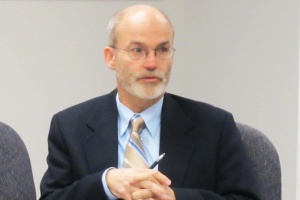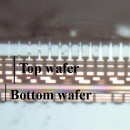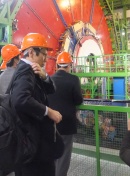Image of the week
|
|
Image: Nobu Toge
The Quantum Beam Project at KEK's Superconducting Test Facility is being prepared for start-up. On 27 February, scientists successfully produce and extract the beam from the RF-gun.
|
In the News
-
from Science
27 February
A potential stumbling block that threatened to delay construction of the huge ITER fusion reactor—an international project based at Cadarache in France—looks like it has been resolved.
-
from Nature
27 February 2012
Evidence for elusive Majorana fermions raises possibilities for quantum computers.
-
from Brookhaven National Laboratory
27 February 2012
Synchrotrons, devices that accelerate particles along a circular path by synchronizing magnetic and electric fields, have proven useful in hospitals for their efficiency and ability to generate high quantities of finely-tuned particle beams. These energetic beams are used to bombard and destroy cancerous tumors.
-
from The Economist
24 February
Ever since scientists in Italy announced in September that they appear to be seeing particles called neutrinos travelling faster than light people have been trying to poke holes in their findings. Perhaps none more so than the boffins from the OPERA collaboration responsible for the furore.
-
from Fermilab Today
23 February 2012
Scientists from the CDF collaboration have unveiled the world’s most precise measurement of the W boson mass, based on data gathered at the Tevatron accelerator.
-
from CERN Courier
23 February 2012
During the meeting, a decision was also taken to create a European committee to review the R&D effort for future projects. High-energy physics relies heavily on detector R&D developments: every significant improvement in detection techniques opens a new area for fundamental-physics research. Considerable amounts of labour and financial resources are committed to this field across Europe and around the world.
Copyright © 2026 ILC International Development Team




